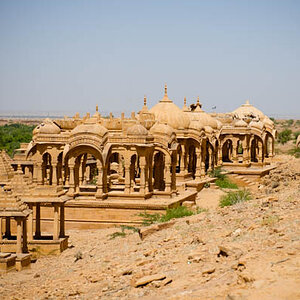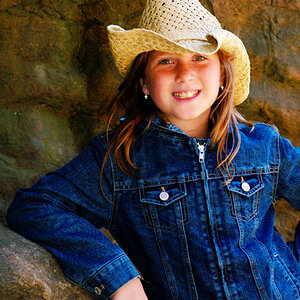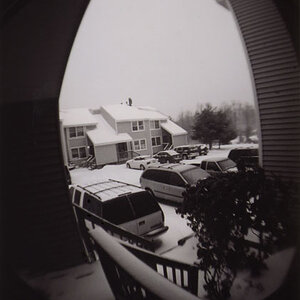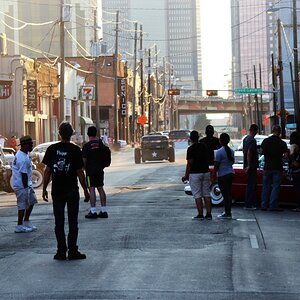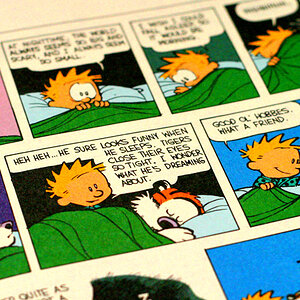GerryDavid
No longer a newbie, moving up!
- Joined
- Sep 18, 2003
- Messages
- 1,221
- Reaction score
- 9
- Location
- Virginia
- Can others edit my Photos
- Photos NOT OK to edit
I need to get a manual slr 35mm camera, but there are alot of them on the market and im just starting my research, just wondering if anyone has any advice.
Also I know even less about medium format cameras, just that they exist. Where do you buy the film? How much are the film and how many shots is there per package? :0) And whats the benefits of using medium format cameras? Just more detail per picture?
Thanks for any advice.
Also I know even less about medium format cameras, just that they exist. Where do you buy the film? How much are the film and how many shots is there per package? :0) And whats the benefits of using medium format cameras? Just more detail per picture?
Thanks for any advice.



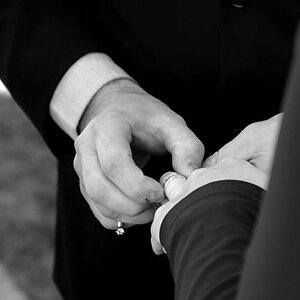
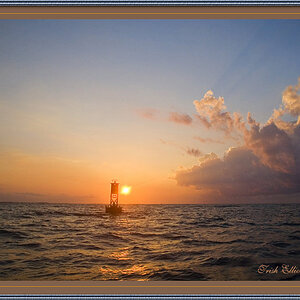
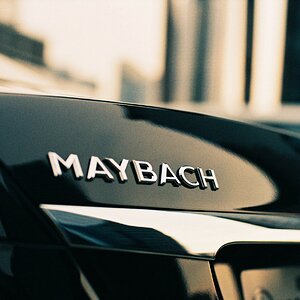
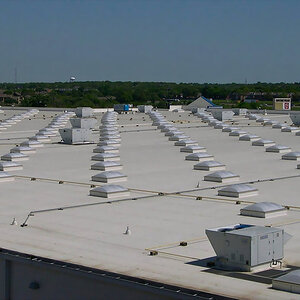
![[No title]](/data/xfmg/thumbnail/34/34058-276eb00b31d5bfacf4028e7f729dc601.jpg?1619736257)
